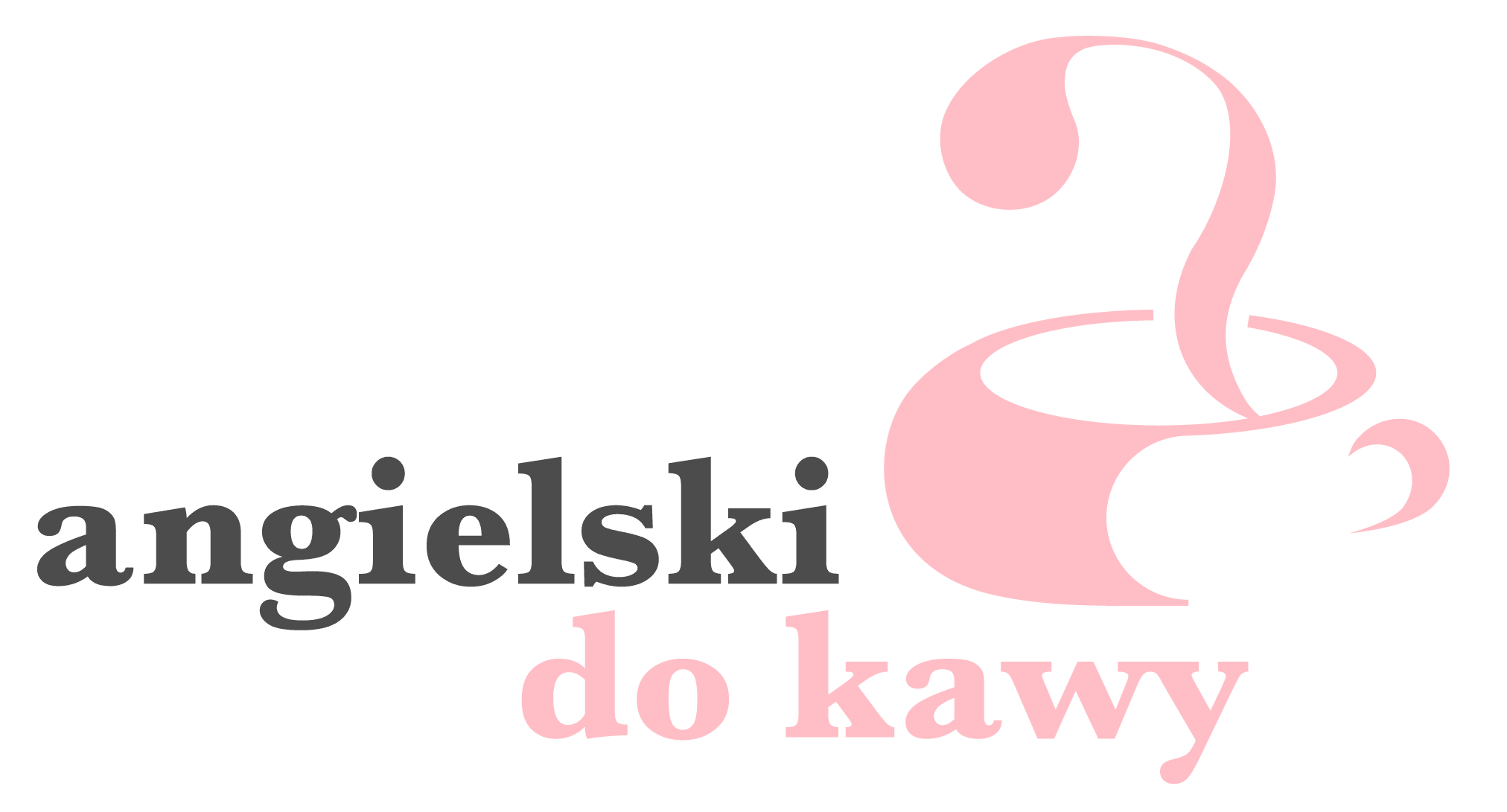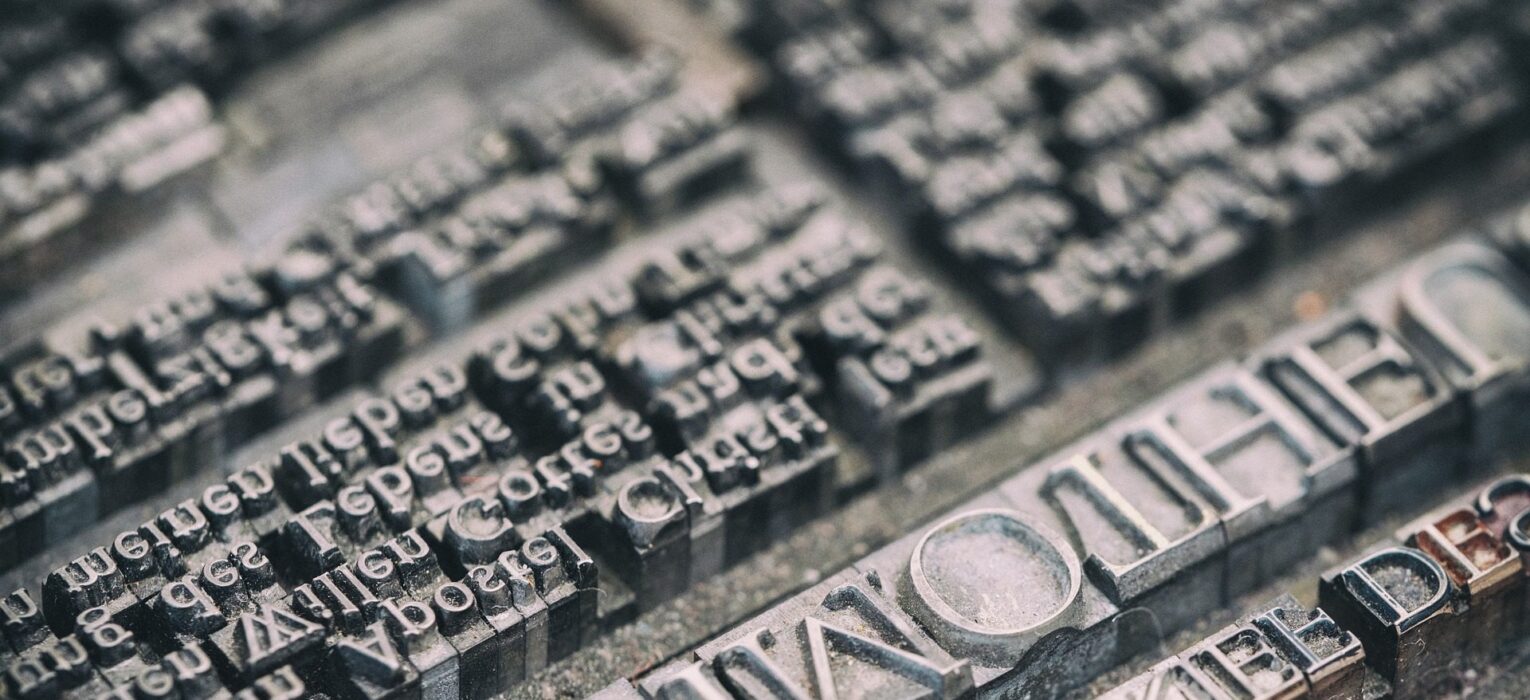BEFORE BRAILLE: RAISED TYPE IN EUROPE
In the nineteenth century innovations in raised type allowed printers to create embossed texts that could be read through touch. For the first time the written word became accessible to readers with blindness and visual impairment.
It was only in the late eighteenth century that education for the blind began to include literacy as well as vocational skills. At the Royal Institute for Blind Youths in Paris Valentin Haüy experimented with embossed plates and wet paper and produced the first tactile text in 1786.
The effect of war
Haüy’s experiments were hindered by the French Revolution but the Napoleonic Wars (1803-1815) revived interest in embossed printing. Charles Barbier, an officer in Napoleon’s army, had invented a writing system of raised dots to help armies communicate in the dark. War left many soldiers with visual impairments caused by injury and disease. Barbier realised that his “night writing” could help them, and many others with similar impairments, to read. In 1821 he presented it at the National Institute for Blind Youths in Paris. One audience member was a young Louis Braille, who would become the father of tactile type as we know it today.
Competing systems – arbitrary or alphabetical signs?The road to Braille was not straightforward and several competing types appeared in first half of the nineteenth century. Should the raised letters reflect the alphabet or should abstract symbols be used instead? There were arguments for both sides:
The first embossed type in Britain was the “triangular alphabet” designed by James Gall, a founder of the Royal Blind School in Edinburgh. Gall made the letters out of angular lines so that they could be understood by blind and sighted people alike. Gall claimed that his students could read slowly after only an hour’s practice but he made little progress outside Edinburgh.
In 1832 The Society of Arts for Scotland held a competition for the best embossed type. There were 15 entries but Edmund Fry’s alphabetical system of roman capitals triumphed. Shortly afterwards, John Alston began printing at the Glasgow Asylum for the Blind using a slightly modified version of Fry’s design. “Alston type” proved popular and inspired similar forms across Europe and North America.
The rise of Braille
In Paris, Louis Braille had adapted Barbier’s designs so that each symbol could be recognised with one fingertip. In 1829 he published the first braille alphabet. It was popular with students at the National Institute but was not officially adopted there until 1854.
In Britain, Braille was even slower to take hold but campaigners like Thomas Rhodes Armitage and the British and Foreign Blind Association were gaining influence. Armitage insisted that “the question must not be settled for the blind, but by the blind themselves”. By 1870 the existing systems had been tested and the BFBA judges (all blind themselves) concluded that Braille was the best. There were still many years and revisions to go but the reign of alphabetical embossed type was over. In 1882 Armitage announced that outside North America “there is now probably no institution in the civilized world where Braille is not used.”
Today, Braille is instantly recognisable as the writing system used by the blind and visually impaired.
Autor: Moray Teale, Rise of Literacy Project Coordinator
Źródło artykułu: Europeana Foundation
Licencja CC BY-SA 4.0
Definicje i przykłady zdań: Cambridge Dictionary.
VOCABULARY
raised /reɪzd/ – lifted up, higher;
wzniesiony, tu: wypukły
type /taɪp/ – the style and size of printed letters used in a piece of printed writing such as in a newspaper, book, or article;
druk, czcionka
emboss /ɪmˈbɒs/ – to decorate an object, especially with letters, using special tools that make a raised mark on its surface;
wytłaczać (np. wzory)
accessible /əkˈses.ə.bəl/ – able to be reached or easily got;
dostępny, osiągalny
blindness /ˈblaɪnd.nəs/ – the condition of being unable to see;
ślepota
impairment /ɪmˈpeə.mənt/ – deterioration in the functioning of a body part, organ, or system that can be temporary or permanent and can result from injury or disease;
upośledzenie
literacy /ˈlɪt.ər.ə.si/ – the ability to read and write
alfabetyzm, piśmienność, umiejętność czytania i pisania
vocational /vəʊˈkeɪ.ʃən.əl/ – providing skills and education that prepare you for a job;
zawodowy, branżowy
plate /pleɪt/ – a flat piece of metal with words and/or pictures on it that can be printed;
płytka
tactile /ˈtæk.taɪl/ – related to the sense of touch; if something is tactile, it has a surface that is pleasant or attractive to touch;
dotykowy, namacalny
hinder /ˈhɪn.dər/ – to limit the ability of someone to do something, or to limit the development of something;
powstrzymywać, utrudniać, hamować
revive /rɪˈvaɪv/ – to come or bring something back to life, health, existence, or use;
wznawiać, przywracać do życia
dot /dɒt/ – a very small round mark;
kropka
injury /ˈɪn.dʒər.i/ – physical harm or damage to someone’s body caused by an accident or an attack;
uraz, uszkodzenie, kontuzja
disease /dɪˈziːz/ – (an) illness of people, animals, plants, etc., caused by infection or a failure of health rather than by an accident;
choroba
straightforward /ˌstreɪtˈfɔː.wəd/ – easy to understand or simple;
prosty, przystępny, prostolinijny
arbitrary /ˈɑː.bɪ.trər.i/ – based on chance rather than being planned or based on reason;
przypadkowy, losowy
compete /kəmˈpiːt/ – to try to be more successful than someone or something else;
rywalizować
reflect /rɪˈflekt/ – to show, express, or be a sign of something;
odzwierciedlać, być wynikiem
argument /ˈɑːɡ.jə.mənt/ – a reason or reasons why you support or oppose an idea or suggestion, or the process of explaining these reasons;
argument, powód
abstract /ˈæb.strækt/ – used to refer to a type of painting, drawing, or sculpture that uses shapes, lines, and colour in a way that does not try to represent the appearance of people or things; existing as an idea, feeling, or quality, not as a material object;
abstrakcyjny, zbyt ogólny, niekonkretny
angular /ˈæŋ.ɡjə.lər/ – having a clear shape with sharp points;
kanciasty, kościsty
sighted /ˈsaɪ.tɪd/ – able to see, not blind;
widzący
capital /ˈkæp.ɪ.təl/ – a letter of the alphabet in the form and larger size that is used at the beginning of sentences and names;
wielka litera, wersalik
triumph /ˈtraɪ.əmf/ – to have a very great success or victory;
triumfować, zwyciężać
afterwards /ˈɑːf.tə.wədz/ – after the time mentioned;
potem, później, następnie
asylum /əˈsaɪ.ləm/ – a mental hospital, or any other institution giving shelter and other help to poor or suffering people;
azyl, przytułek, schronienie, szpital psychiatryczny
slightly /ˈslaɪt.li/ – a little;
trochę, nieco
prove /pruːv/ – to show a particular result after a period of time;
okazywać się, udowadaniać
adapt /əˈdæpt/ – to change, or to change something, to suit different conditions or uses;
przystosowywać, dostosowywać (się), adaptować
recognise /ˈrek.əɡ.naɪz/ – to know someone or something because you have seen or heard him or her or experienced it before;
rozpoznawać
fingertip /ˈfɪŋ.ɡə.tɪp/ – the end of a finger;
koniuszek / opuszka palca
adopt /əˈdɒpt/ – to accept or start to use something new;
przyjmować, przybierać
take hold /ˈteɪk həʊld/ – to become strong; to be established;
zakorzeniać, utrwalać się
gain /ɡeɪn/ – to get something that is useful, that gives you an advantage, or that is in some way positive, especially over a period of time;
zyskiwać, zdobywać, osiągać
settle /ˈset.əl/ – to arrange something;
ustalać, decydować, załatwiać
conclude /kənˈkluːd/ – to judge or decide something after thinking carefully about it;
dochodzić do wniosku, wywnioskować
revision /rɪˈvɪʒ.ən/ – a change that is made to something, or the process of doing this;
korekta, sprawdzanie
reign /reɪn/ – a period when a particular person, feeling, or quality is very important or has a strong influence;
panowanie, rządy
announce /əˈnaʊns/ – to make something known or tell people about something officially;
ogłaszać, oznajmiać
instantly /ˈɪn.stənt.li/ – immediately;
natychmiast, od razu
recognisable /ˈrek.əɡ.naɪ.zə.bəl/ – easy to recognise;
rozpoznawalny




